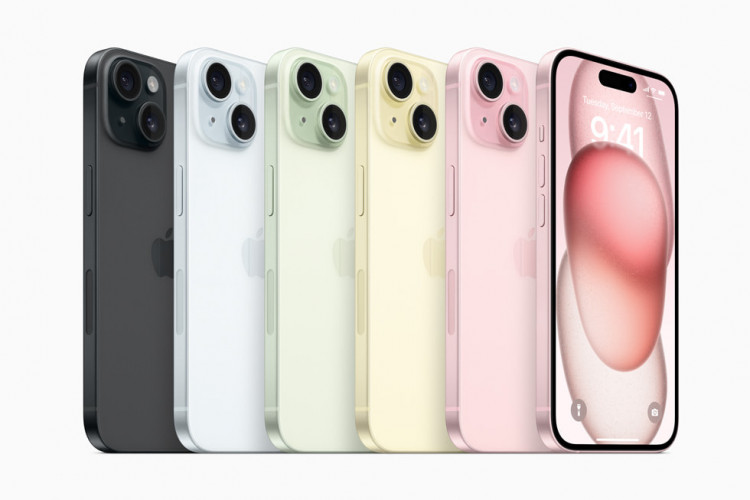As anticipation builds for the iPhone 16's fall release, design rumors and speculations continue to capture the attention of tech enthusiasts and industry watchers alike. While significant design overhauls remain rare in the smartphone market, Apple's latest iteration promises some notable enhancements that could set it apart from its predecessors.
Action and Capture Buttons: Enhancing Functionality
One of the most talked-about features for the upcoming iPhone 16 models is the introduction of the Action button, initially debuted in the iPhone 15 Pro series. This multifunctional button is set to replace the traditional mute switch on the iPhone 16 and iPhone 16 Plus. According to industry rumors, the Action button will retain its long-press functionality to silence calls and provide haptic feedback when activated. However, users can customize it to trigger specific shortcuts, such as launching an app, turning on the flashlight, or initiating a voice recorder.
Speculation suggests that Apple might stick with a single-action functionality for the button, similar to the current Pro models, rather than introducing multiple presses for different shortcuts. This consistency could simplify user experience across various iPhone models.
Adding to the functionality, Apple is rumored to introduce a new Capture button across all iPhone 16 models. Positioned just below the power button, this capacitive button is expected to launch the Camera app directly, allowing users to snap photos or record videos swiftly. This addition could free up the Action button for other shortcuts, enhancing overall device usability.
Larger Displays and Slimmer Bezels
The iPhone 16 Pro models are set to feature larger displays compared to their predecessors. The iPhone 16 Pro is rumored to increase to a 6.3-inch display, while the iPhone 16 Pro Max will expand to 6.9 inches. These changes will necessitate slightly larger dimensions, with the Pro models expected to be 3mm taller and 1mm wider than the current iPhone 15 Pro models. Despite the increase in size, Apple aims to maintain a similar thickness.
To accommodate the larger screens without making the phones excessively bulky, Apple is reportedly reducing the bezel size significantly. The iPhone 16 Pro could boast a 1.2mm bezel, while the Pro Max might feature an even narrower 1.15mm bezel. This reduction would make the iPhone 16 Pro models stand out with the thinnest bezels on any smartphone, surpassing competitors like the Galaxy S24 Ultra and Google's Pixel 8 series.
Repositioned Cameras and Improved Design
The iPhone 16 and iPhone 16 Plus are expected to feature vertically stacked camera lenses, a departure from the diagonal arrangement seen since the iPhone 13. This redesign aims to enhance the capturing of spatial video, providing a more immersive depth for footage viewed on the Apple Vision Pro headset. By aligning the lenses vertically, Apple seeks to improve the functionality and appeal of its camera system, encouraging more users to explore advanced video capabilities.
Balancing New Features with User Experience
These rumored design changes indicate that Apple is focusing on refining user experience through practical enhancements rather than radical design shifts. The introduction of new buttons and repositioned cameras, combined with larger displays and slimmer bezels, suggests that Apple is keen on providing a blend of innovation and continuity. The potential increase in device weight, attributed to larger batteries, reflects Apple's commitment to improving battery life without compromising on the sleek form factor.
Industry analysts have weighed in on the potential impact of these design changes. Dan Ives, a tech analyst at Wedbush Securities, emphasized the importance of recognizing the broader trends driving these updates. "For the elite, transformational tech stories such as Nvidia and the AI Revolution, investors must see the forest through the trees," Ives noted, highlighting the long-term implications of incremental enhancements in technology.






